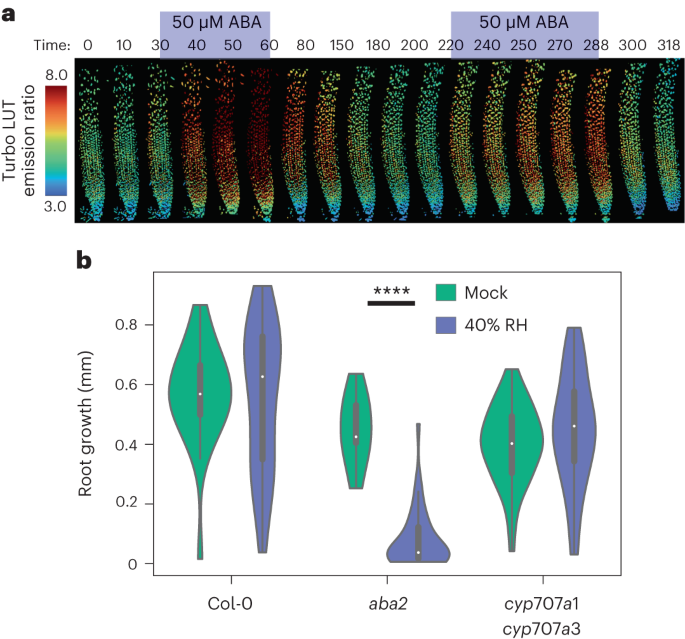
- Select a language for the TTS:
- UK English Female
- UK English Male
- US English Female
- US English Male
- Australian Female
- Australian Male
- Language selected: (auto detect) - EN
Play all audios:
You’re standing in the cleaning products aisle of the grocery store, trying to choose an all-purpose cleaner for the house--you know, for walls and counters and stuff. A blizzard of options
confronts you. New! Improved! Whitens! Brightens! Deodorizes! Ozone-friendly! Scours Without Scratching! How is a person to choose? Well, there is Consumer Reports, of course, to help you
rate effectiveness. And price is an important consideration. Some folks buy what Mom or Dad or the housekeeper used. Packaging is a factor, too. But what about environmental criteria? Will
the product linger in the air--your personal, indoor air? Will it drift up to the stratosphere and assassinate our friends the ozone molecules? Is it toxic to aquatic life? And what about
more immediate hazards? Will you have to tape a bottle of ipecac and a spoon to it and surround it with coils of barbed wire? Answers to these questions have been harder to come by--until
now. Hot off the presses is “Buy Smart, Buy Safe,” a consumer guide to less-toxic products produced by the Seattle-based Washington Toxics Coalition. This 20-page booklet rates 350
name-brand household products according to four criteria: short-term health effects, or acute toxicity; long-term health effects, or chronic toxicity; physical/chemical hazards, which
reflect flammability and chemical reactivity, and environmental impacts--toxicity to wildlife, biodegradability, water pollution and air pollution. The product ratings evaluate “hazards the
products or their ingredients may present during use, storage and disposal.” The evaluations were based on information gleaned from products’ labels, Material Safety Data Sheets,
manufacturers’ brochures, ingredients lists and toxicology references. The ratings do not evaluate the products’ effectiveness, nor do they examine environmental impacts of manufacturing and
packaging. The booklet is very easy to read and use, and it manages to slide in a lot of helpful information without the booklet seeming crowded. For example, in addition to product
ratings, the booklet includes a section on recycling, some alternative cleaning recipes, tips for unclogging drains without the use of chemicals, advice on how best to remove lead-based
paint safely and a recipe for a nontoxic fungicide that really works. The booklet also has a nice tone. Unlike many “green shopping guides,” it doesn’t make the assumption that you’re a
card-carrying greenie. It simply presents you with the information and encourages you to make an informed choice. Here is how to put the booklet to use: Every time you use up a household
product such as drain opener, toilet bowl cleaner or multipurpose cleanser, take a look in the booklet. Judging by the ratings it received, would you buy that product again? If not, which
products look like likely replacements? Keep the booklet with your reusable grocery bags and consult it at the store. That way, if you have to make a snap decision in front of the
shelves--if they’re out of the brand you planned to buy, for instance--you can use the booklet to shop around for an environmentally friendly substitute. It is always hard to know what
issues are worth putting a little extra time into. Is this one? Should you take the trouble to order a booklet, check the products you use, make some changes? You should. Studies have shown
that indoor air can be seven to 100 times as polluted as the vilest outdoor air. Much of that indoor air pollution comes from furnishings and building materials. But a lot of it sneaks out
of cleaning and other household products and lingers, quietly contaminating your air. Water quality is another reason to care. Primary and secondary sewage treatment are designed to remove
solids from your waste water. Unfortunately, most chemicals from household products swim blithely through, untreated, and end up in rivers, lakes and the ocean. Using least-toxic products at
home will ensure that your household’s chemical contribution will be minimal. The booklet’s first press run is just about sold out. Copies from the second printing will be available this
month. To order a copy of “Buy Smart, Buy Safe,” send a check or money order for $5 (this includes postage) to Washington Toxics Coalition, 4516 University Way N.E., Seattle, WA 98105. MORE
TO READ






